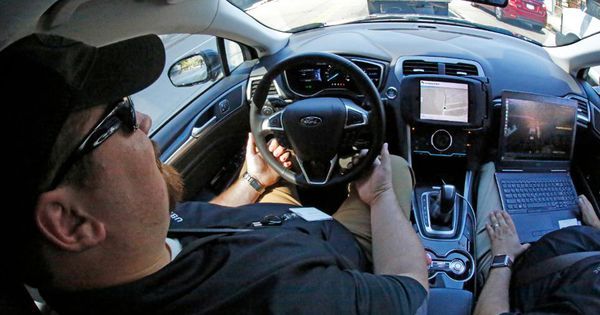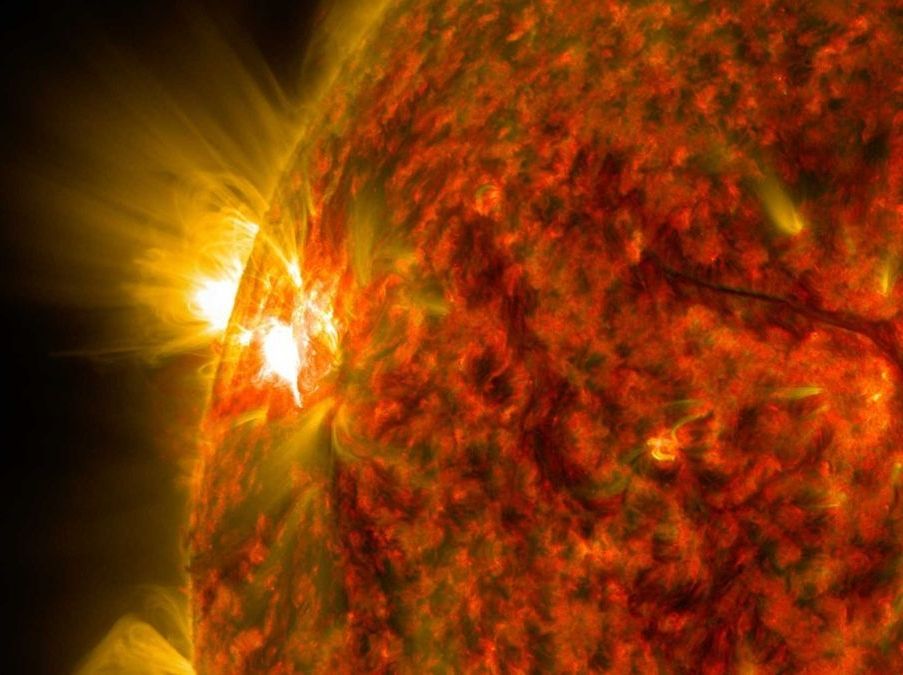This podcast is from my article called, The U.S. Economy is Built on a Foundation of Sand.
While many Economists, are saying that the U.S. economy looks great and has a forward momentum, I’m going to take a different tone. Not a pessimistic tone but a realistic view based upon facts and my futurist intuitive insight.
Here are all the links for this podcast
Tesla is going to cut about 9% of its global workforce
https://www.wsj.com/articles/tesla-cutting-about-9-of-global…1528827145
McDonald’s layoffs as it restructures and streamlines management
http://www.nrn.com/quick-service/mcdonald-s-layoffs-tied-res…operations
IBM layoffs at Watson Health



